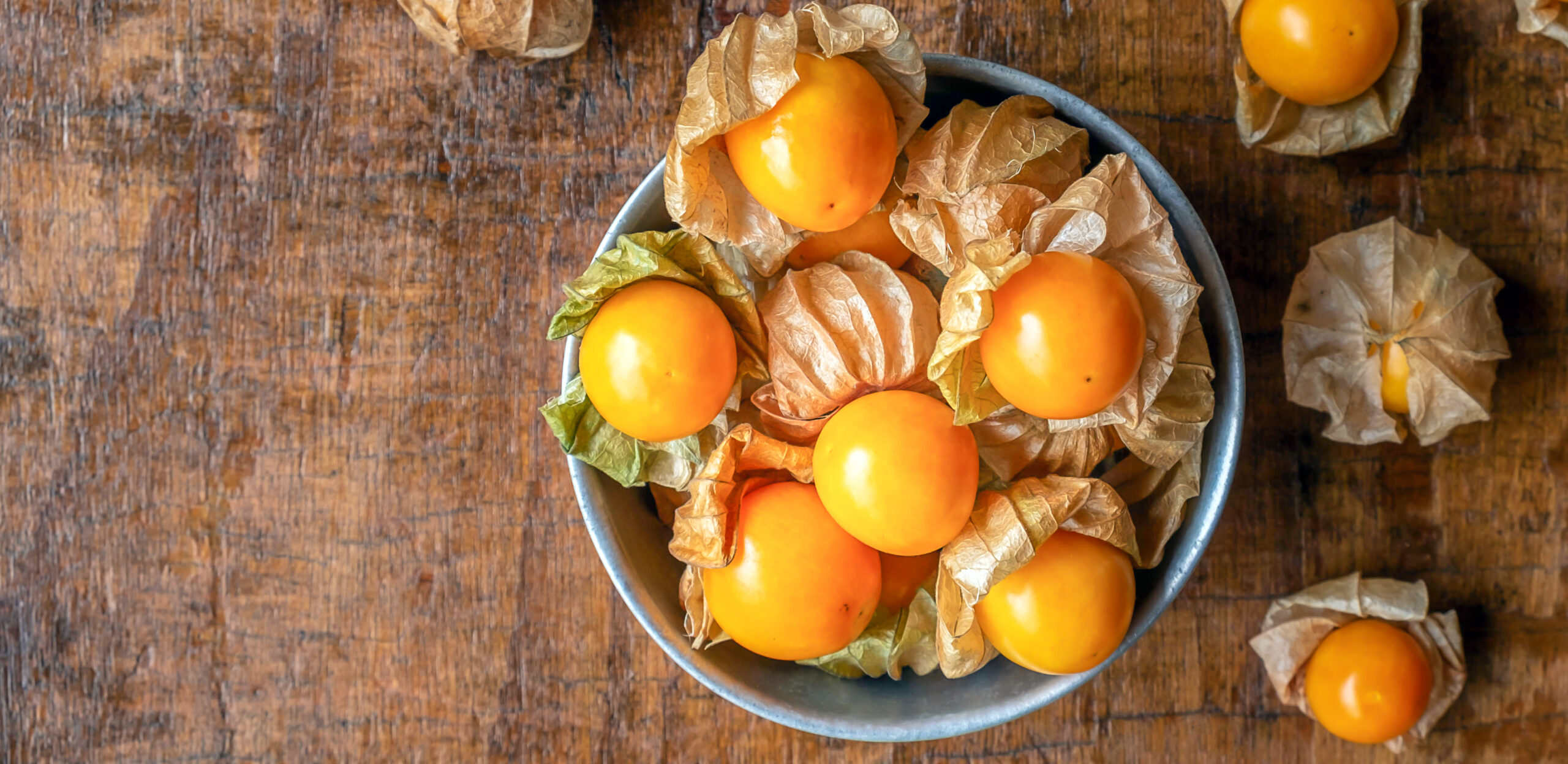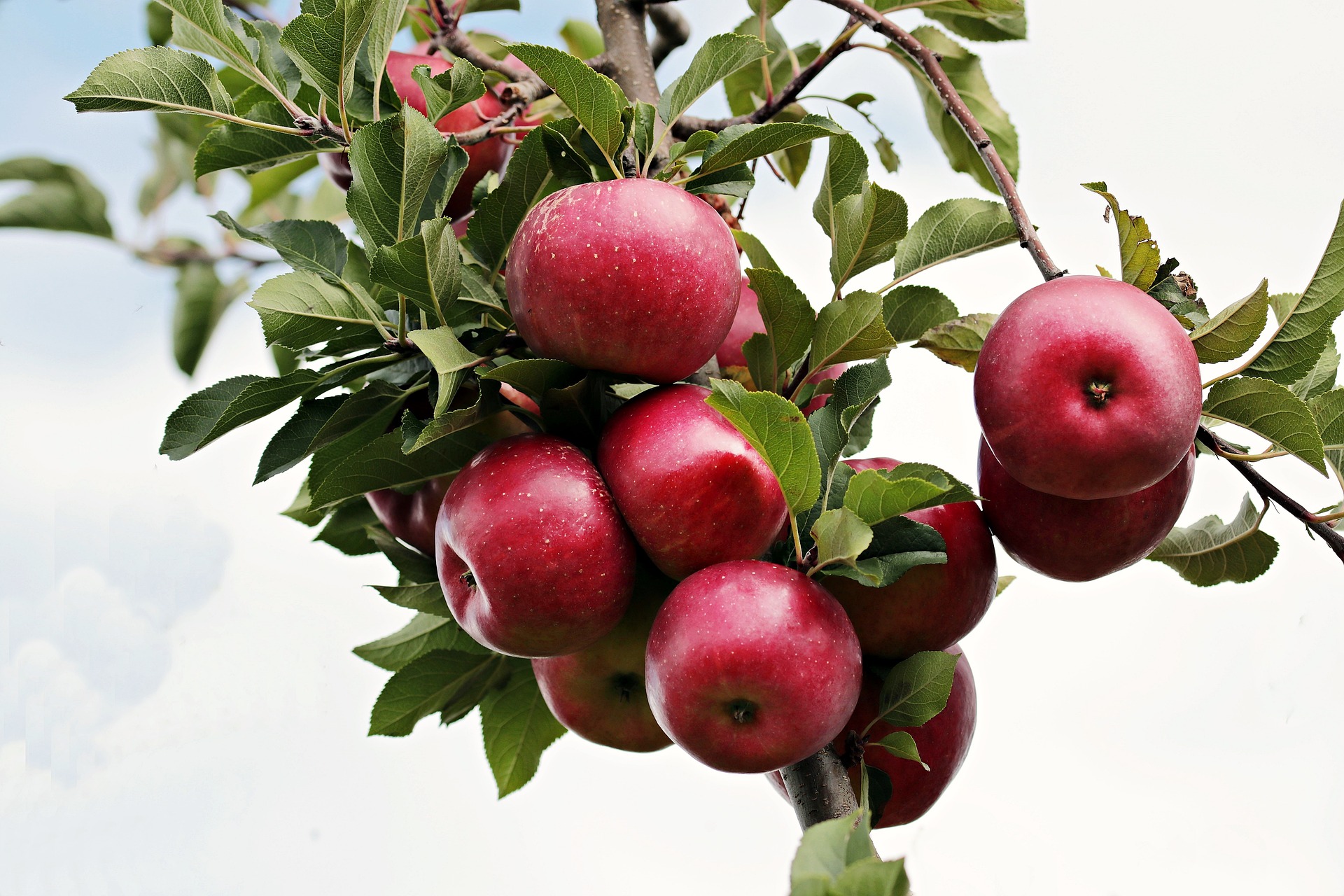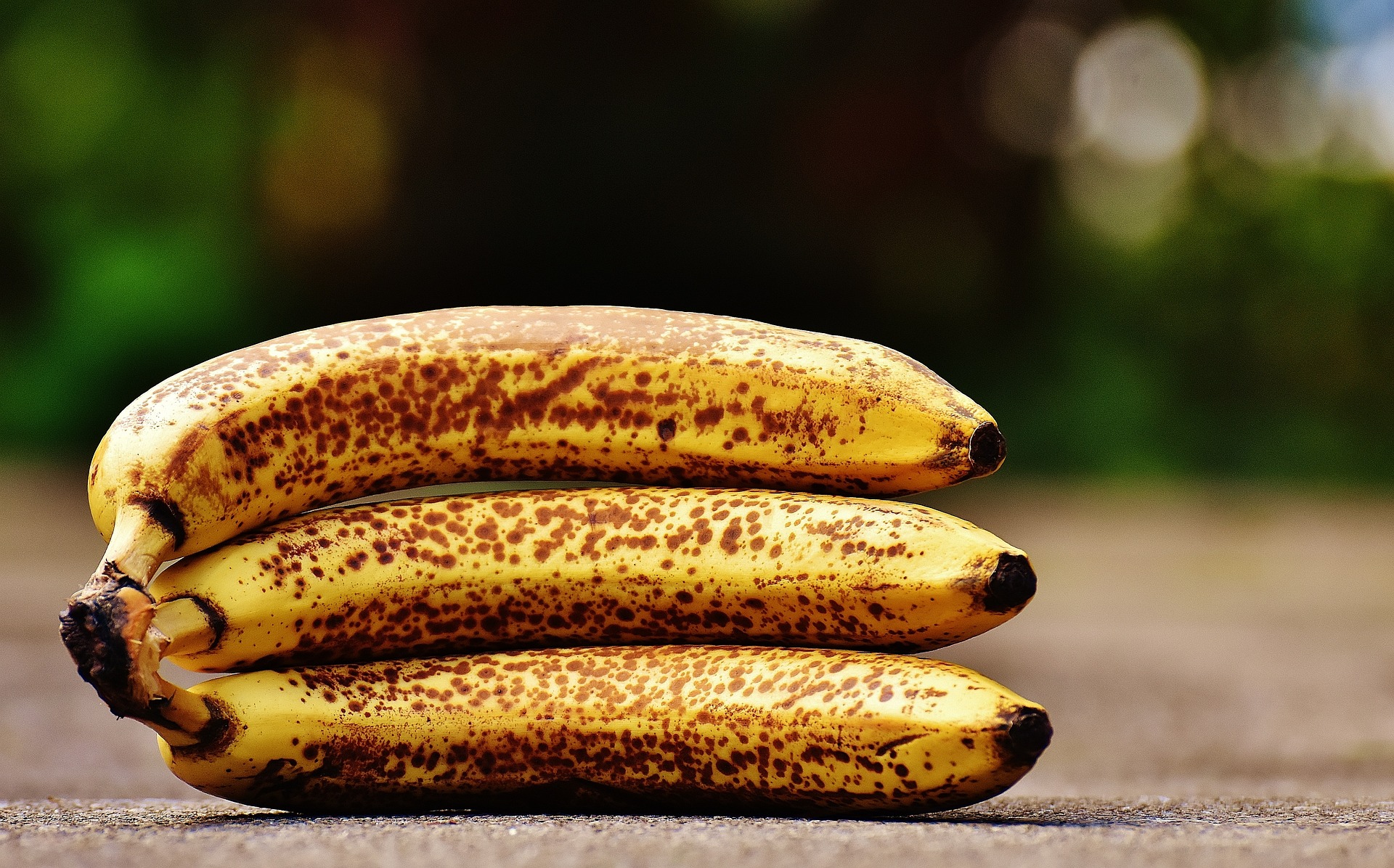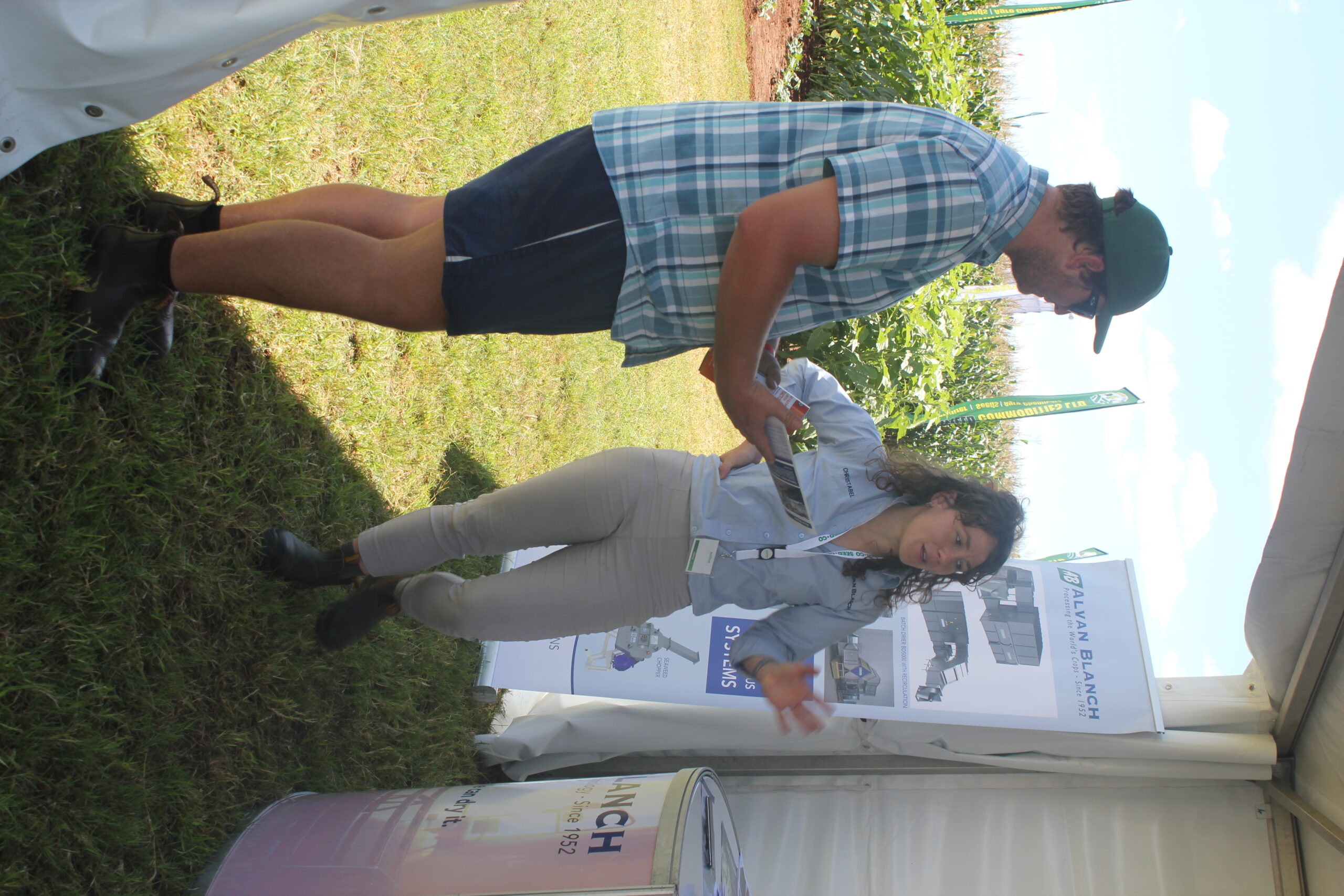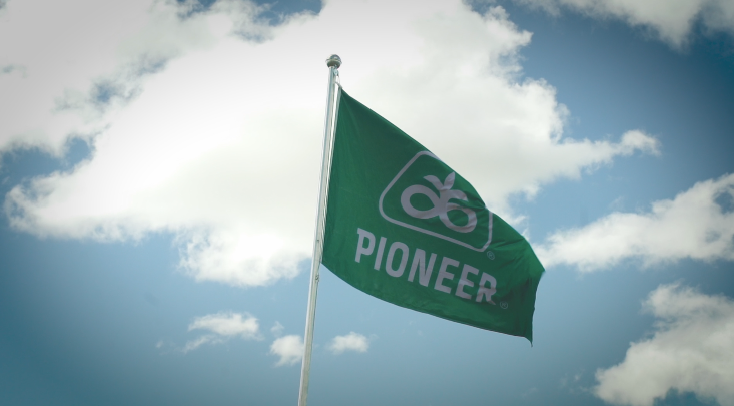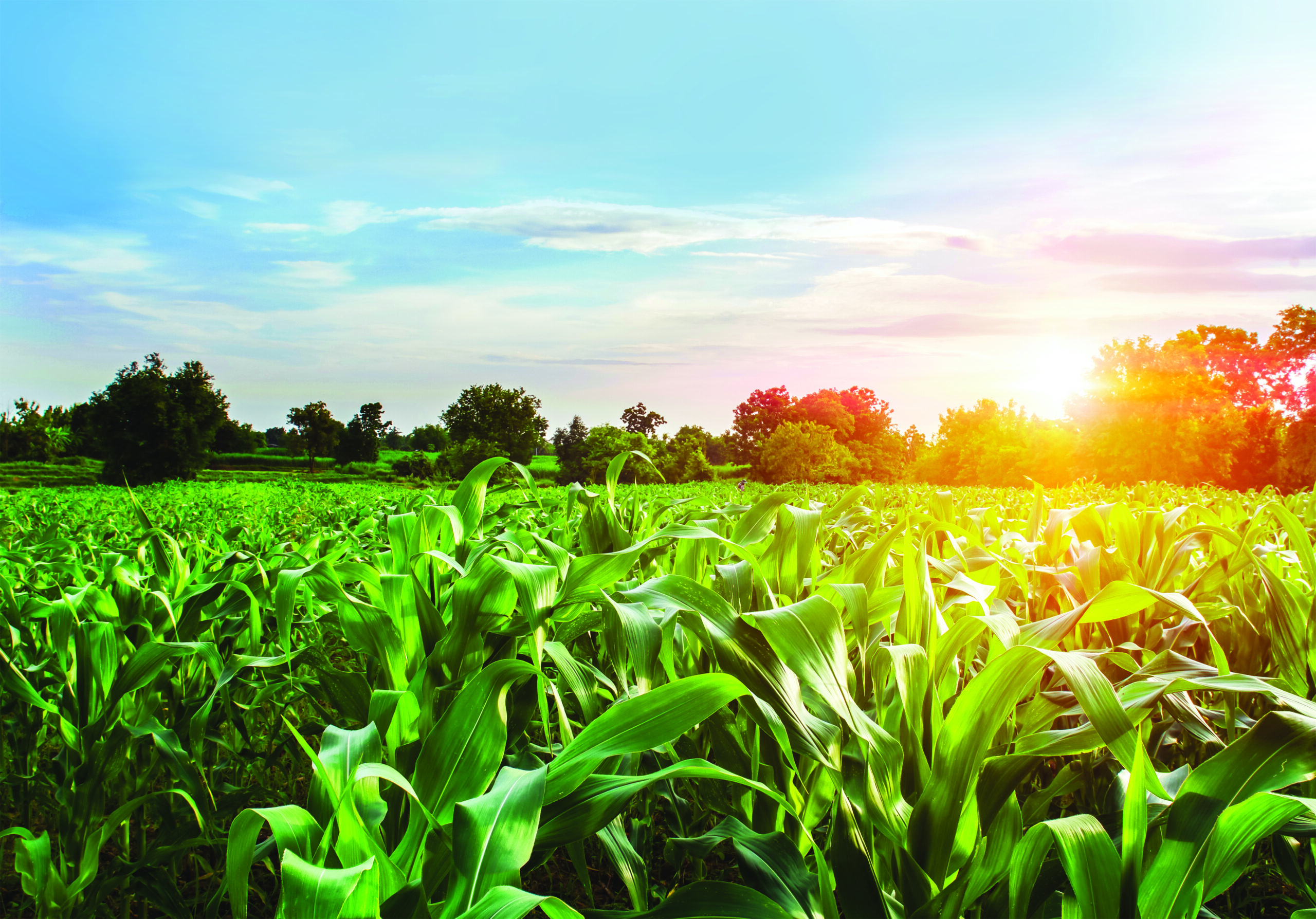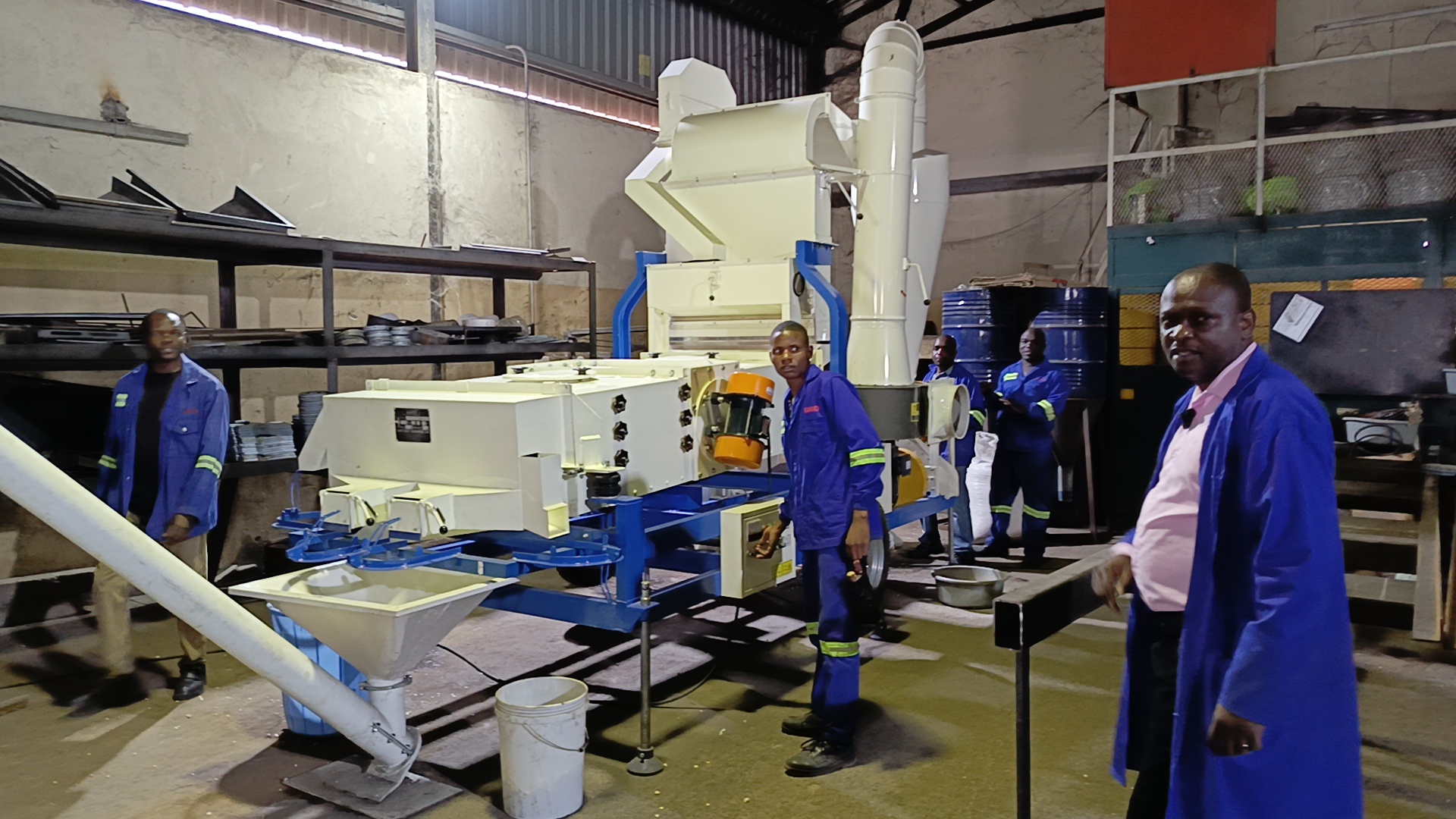The sweet cape gooseberry is gaining popularity due to its high value as the next big superfood. Its name is derived from its look, as the ripe fruit looks like it is wrapped in a paperlike “cape” that resembles a Chinese lantern.
A multitude of varieties are available. They differ in colour, size and shape. It is, however, important to note that the cape gooseberries are a completely different species to regular gooseberries. Originating from Peru, the cape gooseberry (Physalis Peruviana) is part of the nightshade family such as tomatoes, peppers and potatoes. Immigrants introduced the cape gooseberry to Southern Africa in the 1770s. Today, South Africa’s Western Cape and Northwest provinces are some of the largest local producers. Columbia dominates the international market because the input costs are so low and it can be produced on a small scale by family farms, which means that you can invest in your own cape gooseberry production, especially since setting up a production system is so affordable compared to other berry crops.
Within the first 100 days of being planted, these berries start to produce a crop. This means that there is a fairly quick return on investment. The fruit is sweet, nutritious, and has a high market value. Part of what makes these berries so healthy is that they are high in fat. It may sound strange to think that fat is healthy, but it enables the fruit to carry fat soluble vitamins such as vitamin A, D, E and K. It also contains betacarotene, calcium, copper, magnesium, manganese, iron, phosphorus, potassium, bioflavonoids, protein, and fibre. No wonder it is viewed as the next super food! Cape gooseberries are used to make jams or juice, but they can also be dried, cooked or consumed raw.
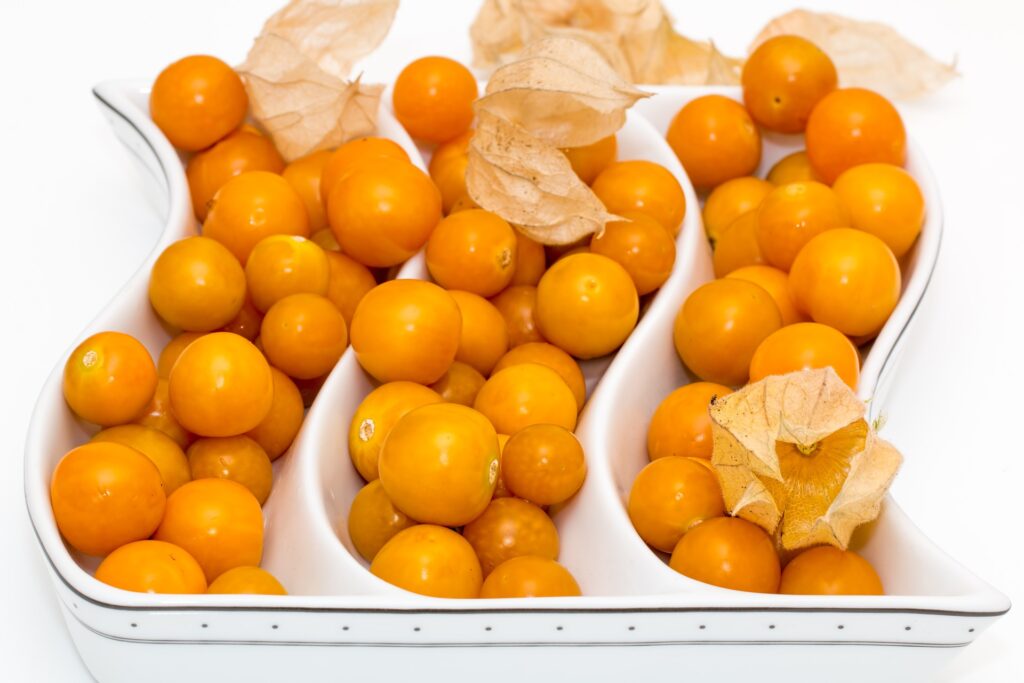
The golden fruit is consumed raw, but it can also be processed into jams, juices or cooked. (Source: Pixabay)
Soil and climatic requirements
These plants are relatively hardy. They can survive temperatures of -4 °C, and recover quickly from frost. Young plants, however, dislike frost. The ideal climate for these berries range between 10 and 25 °C. Arid to semi-arid areas are best for your cape gooseberry farm as they prefer full sun and warmth all year round. The soil ph level needed for these fruits is between 5,5 and 7,0. One of the benefits of planting cape gooseberries is that they grow extremely well in poor soils. Higher soil fertility may result in unnecessary vegetative growth – too many leaves and stems with no significant improvement in fruit yield.
Soil preparation
The berry is also drought tolerant, but this characteristic also means that it does not fare well when it is waterlogged. To avoid this, start your soil preparation by preparing a fine soil bed. Mix in the residue from the previous crops with a fork. Use a disk to improve the aeration of the soil and distribute the organic matter throughout the seedbed. Break up any clods. Soil preparation should be aimed at improving the drainage of the soil and reduce compaction. Soil preparation needs to be done between 200 and 400 mm deep to assist optimal root growth. Create ridges in the seedbed, approximately 600 mm wide.
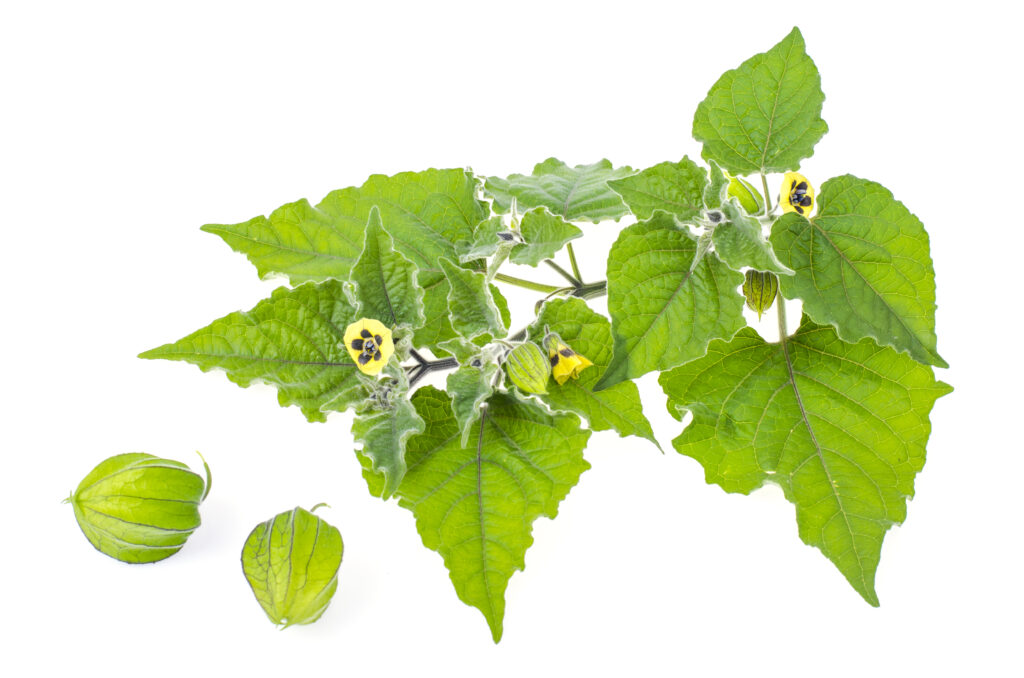
Physalis branch with green leaves and unripe fruits on white background. Studio Photo
Planting
Farmers usually plant seedlings rather than cuttings. This is more effective and affordable. Seeds can also be planted directly into the soil, but planting seedlings gives your plants the best chance for survival. You can make your own seedlings, or buy them from a trusted vendor or nursery. Cape gooseberry is a shrub that grows to a metre high. That means that you need space for it to grow. Larger plants can even grow up to a metre wide in some cases. Space plants 0,75 m apart. You can place rows approximately 2,2 m or up to 2,8 m apart. This will entirely depend on whether you will need machinery to fit in between the rows or not. Plant density can vary between 4 000 and 6 000 plants per hectare, depending on the size of land you have available. You can expect that a healthy plant will produce approximately 300 berries in its lifetime.
Irrigation
Cape gooseberries are water-wise plants. They do not require a lot of water, in fact, only 800 millilitres of water a day. The plant does need consistent watering during the growing season to set a good fruit crop.
Irrigation can be reduced when the fruits are maturing. The plants become dormant during drought. You can water the plants twice a week in hot months to ensure the soil is moist, but avoid over-watering by checking the soil moisture before watering. Irrigate close to the soil and avoid watering the leaves as this can lead to pests and disease.
Fertilisation
Another benefit of cape gooseberry production is that there is no need to fertilise the crop at all. This saves you input costs on fertiliser as well as labour. Where necessary before the next crop, you can correct the ph level of the soil.
Pest and disease
The main threats to cape gooseberry production are cutworm and caterpillars. Inspect your crop regularly to act early. Insecticides can mitigate the effects of these pests if you discover an infestation.
Harvesting
The plants bear fruit 4 to 5 months after being planted. Harvesting is done by hand when the golden berries are ripe. Berries should not be picked before then, as they stop ripening once picked. This can affect the taste. Prune any dead vegetation after the first harvest.
Sources:
Cape gooseberries: The next big superfood trend? (2019) Magzter. Farmer’s Weekly. Available at https://www.magzter.com/stories/Business/Farmers-Weekly/Cape-Gooseberries-The-NextBig-Superfood-Trend
Commercial gooseberry farming (2022) Berries for Africa. Available at https://www.berriesforafrica.co.za/commercial-gooseberry-farming/
Gardenate – growing Cape Gooseberry (2012) Gardenate. Available at https://gardenate.com/plant/Cape%20Gooseberry?zone=
Kriel, G. (2023) Cape gooseberries: Fruit farming in South Africa, South Africa Online. Available at https://southafrica.co.za/cape-gooseberries.html

